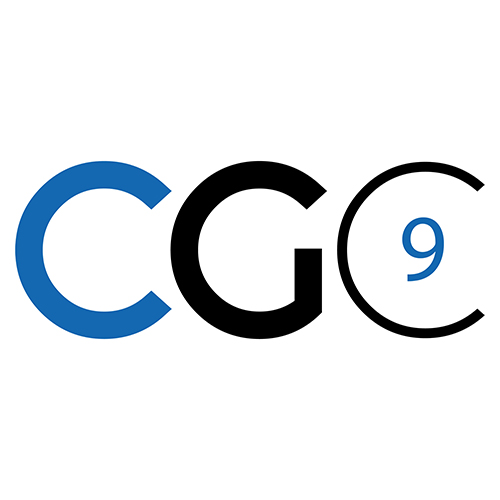Quality Control of Safety Glass and How it Can Reduce CO2 Emissions
DOI:
https://doi.org/10.47982/cgc.9.498Downloads

Abstract
The presentation will focus on the quality monitoring of the different stages of the safety glass processing. Defects in processed glass are extremely expensive, causing unnecessary work, energy costs and increasing CO2 emissions. Quality monitoring can be carried out at many different stages of production. This presentation will mainly focus on the problems of the tempering process and how to avoid different quality problems. I will also explain what causes defects and how and by what changes in settings defects can be avoided. Defects will focus on tempering process problems such as roller wave, edge kink, anisotropy, white haze, scratches, flaws, coating defects and how to indicate them. Measuring glass output temperature from bottom surface is one key indicator to good quality especially on coated glass. The latest quality control systems and their new possibilities will be examined from different perspectives. I will do some practical test runs and show how changes in the different settings affect the final quality. It has been estimated that the various degrees of error at different stages of glass production are up to more than 15%. Removing faulty glass from production at an early stage will save large amounts of money.
Published
Issue
Section
Experimental & Numerical Investigations
License
Copyright (c) 2024 Jorma Vitkala

This work is licensed under a Creative Commons Attribution 4.0 International License.



